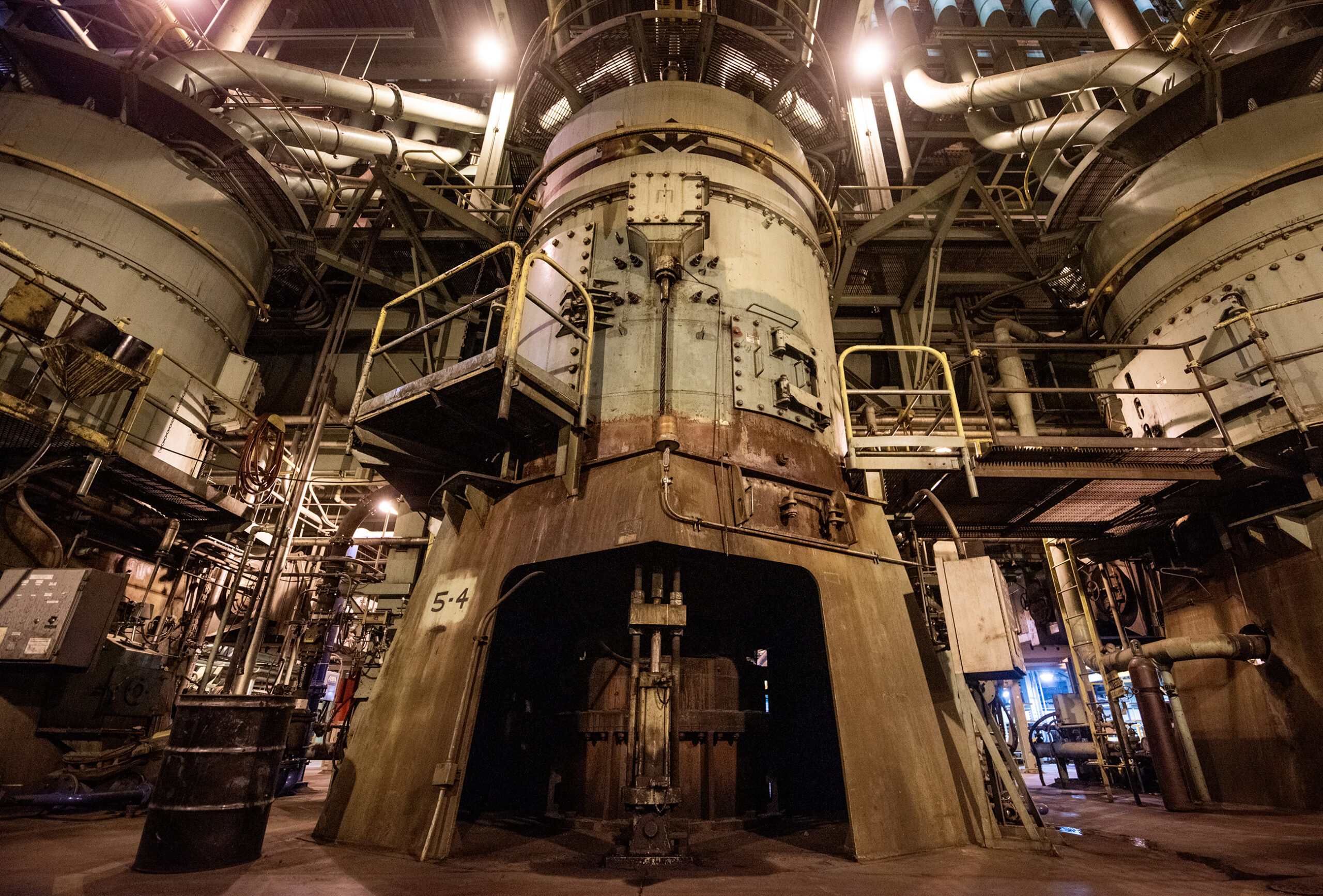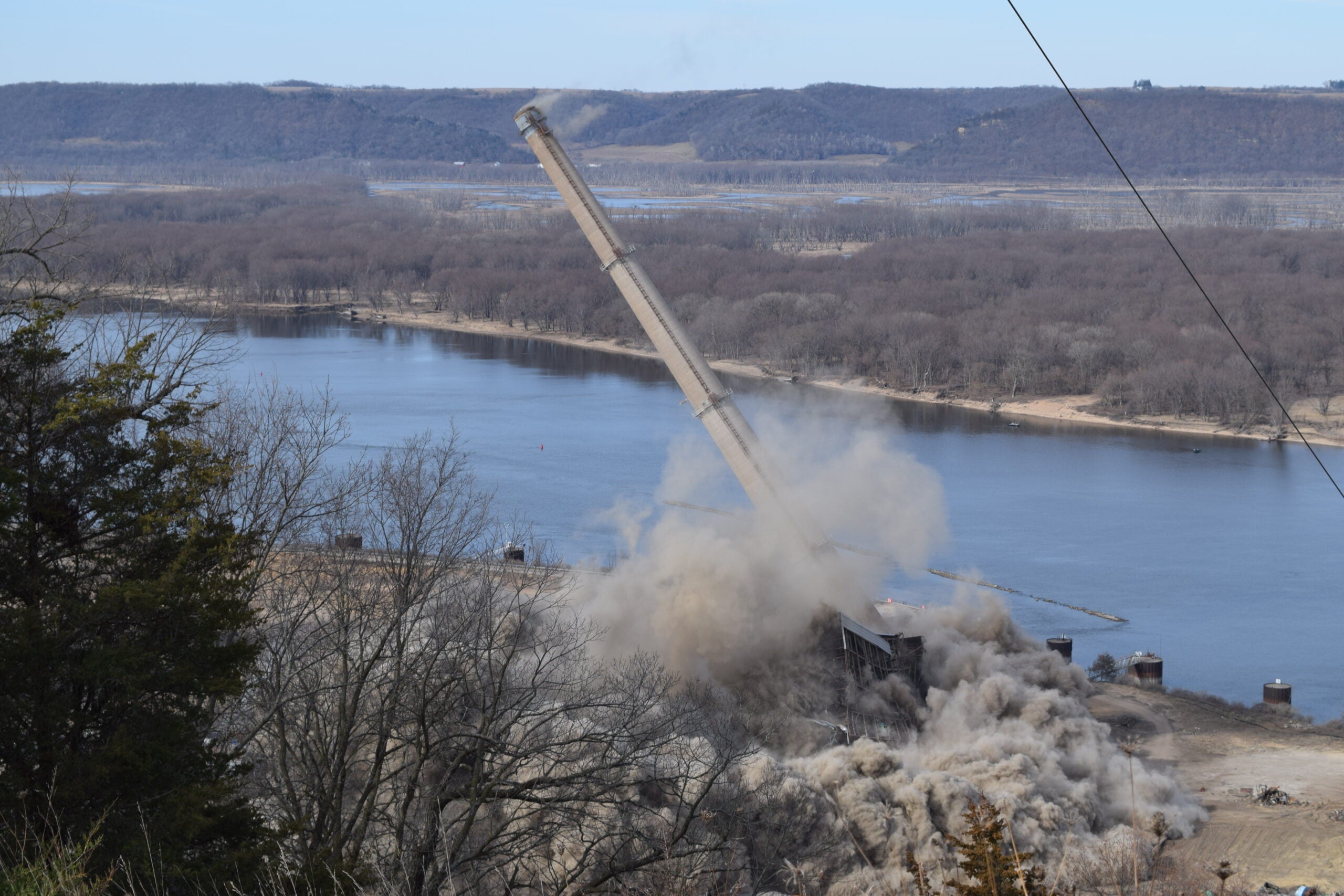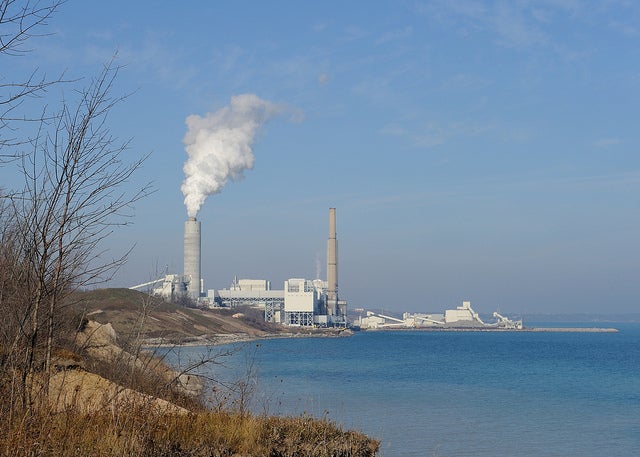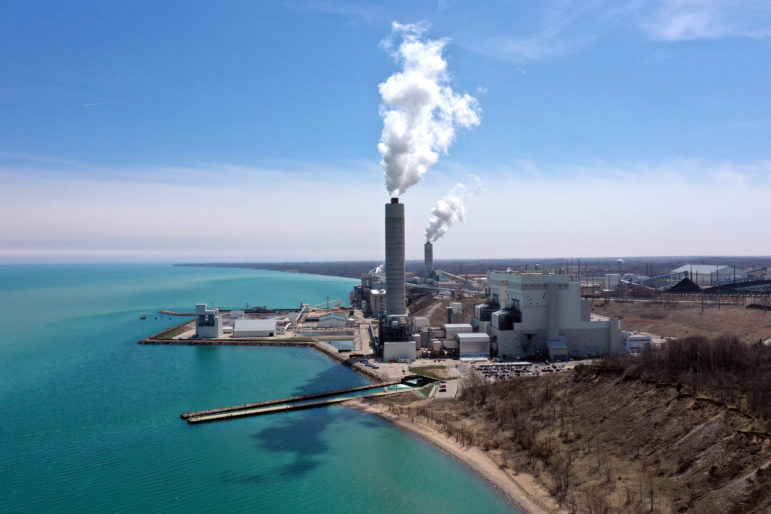Madison-based Alliant Energy announced Tuesday it’s shuttering its roughly 1,100-megawatt coal plant in Columbia County by the end of 2024. The facility is the utility’s last remaining coal plant in Wisconsin.
The closure moves Alliant closer toward the company’s goal of eliminating coal from its power mix by 2040 and cutting carbon emissions 50 percent from 2005 levels by 2030. The move is expected to save ratepayers more than $250 million that would be spent to keep the plant running, said David de Leon, president of Alliant’s utility in Wisconsin.
“That’s a cost avoidance that is very critical for our customers and our future rates,” said de Leon. “Closing the coal generation facility is necessary as we transition toward more renewable resources, such as solar.”
Stay informed on the latest news
Sign up for WPR’s email newsletter.
Alliant announced a $900 million plan in May to add 675 megawatts of solar across six counties as part of a goal to add 1,000 megawatts of solar power by the end of 2023, which would power about 260,000 homes. Wisconsin Power and Light, Alliant’s utility in Wisconsin, anticipated its Clean Energy Blueprint would save customers between $2 billion and $6.5 billion over the next 35 years.
Alliant co-owns the coal plant with Wisconsin Public Service (WPS) and Madison Gas and Electric.
“This retirement is the next step in our plan to build a bright, sustainable future as we invest in renewable energy projects in Wisconsin and reduce emissions by 70 percent by 2030,” said Brendan Conway, spokesperson for WEC Energy Group, which owns WPS.
The plant’s closure will impact 110 workers, around 40 percent are near retirement, said de Leon.
“We have been working with them for months, talking about their skill sets and helping them understand just what other career opportunities they might have with Alliant Energy,” he said. “So, (it was) a difficult decision, especially impacting those employees, but we will continue to work with them and do the right thing.”
The retirement of the coal plant follows Alliant’s announcement last May to shut down its Edgewater coal plant in Sheboygan by the end of 2022.
While the coal-fired facility will shut down, Alliant plans to make investments in the coal plant to comply with the requirements of a 2015 rule issued by the Obama administration. The regulation aims to curb pollution from coal ash, including bottom ash that builds up on the bottom of coal furnaces, to protect the environment and public health.
“We will be requesting that the Public Service Commission approve a relatively modest investment in an alternative system for handling the bottom ash that will allow us to continue to operate these plants and continue to meet the (coal ash) pond closure deadlines established by the EPA,” said Jeff Ripp, Alliant’s director of regulatory strategy and solutions.
Ripp said the cost of installing an alternative system is expected to cost under $20 million.
Gov. Tony Evers set a goal in August 2019 for Wisconsin to produce carbon-free electricity by 2050, and utilities have been setting their own targets for transitioning away from coal plants that have become more costly to operate than renewable resources such as solar and wind. Scientists have been sounding the alarm to cut carbon emissions to avoid the worst effects of rising temperatures and environmental harm.
The Sierra Club has been calling on Alliant to retire the Columbia coal plant by 2030. Elizabeth Katt Reinders, deputy director of the Sierra Club’s Beyond Coal Campaign, said this is the action the environmental group is seeking from utilities to address climate change.
“What Alliant is putting forward as a result of its planning process, as part of advancing its Clean Energy Blueprint, we really see that as validating the case that Sierra Club’s been making across the country and here in Wisconsin,” said Katt Reinders. “That when you do give clean energy a chance to compete, it’s going to come out the winner every time.”
The Sierra Club released a paper last year that said operating the Edgewater and Columbia plants through 2030 would cost ratepayers up to $461 million. The group said retiring Columbia early will prevent 53 million pounds of sulfur dioxide pollution along with 97 million tons of carbon dioxide pollution.
“That’s equivalent to taking 1.4 million cars off the road, so there’s major environmental and public health benefits from retiring this coal plant and replacing that power with clean energy,” she said.
Katt Reinders said they agree Alliant’s plan to retire Columbia in the next five years is “the best and cheapest compliance pathway for the utility.”
Tom Content, executive director of the Citizens Utility Board, said in a statement they’re pleased the utility’s plans may be an opportunity to save ratepayers money by transitioning away from coal.
“But, today’s announcement underscores the critical importance of finding a way to retire these old plants without leaving the customer paying for full profit on power plants that no longer exist,” said Content.
Content wants utilities to explore innovative financing to pay off investments made in coal plants as part of complying with federal regulations to curb pollution. In 2019, the consumer advocacy group was part of a settlement that was negotiated with We Energies after it shut down its Pleasant Prairie Power Plant. That led to refinancing part of the facility’s remaining expenses, which is anticipated to provide more than $85 million in savings.
The retirements of the Edgewater coal plant and We Energies’ South Oak Creek plant will only compound costs for customers, said Content.
“We’re looking at a whole lot of power that will be coming offline and a lot of steel that has yet to be paid off,” he said. “Our fear is that ratepayers could be stuck paying for utility profits twice, first on the coal plants utilities won’t be using to keep the lights on — and also on the new solar fields that will replace them.”
Alliant serves around 500,000 electric customers in Wisconsin and roughly 250,000 natural gas customers.
The U.S. Energy Information Administration reports the state’s coal-fired plants provided 42 percent of Wisconsin’s electricity in 2019, the first time coal made up less than half of Wisconsin’s power mix in more than 30 years.
Wisconsin Public Radio, © Copyright 2024, Board of Regents of the University of Wisconsin System and Wisconsin Educational Communications Board.






